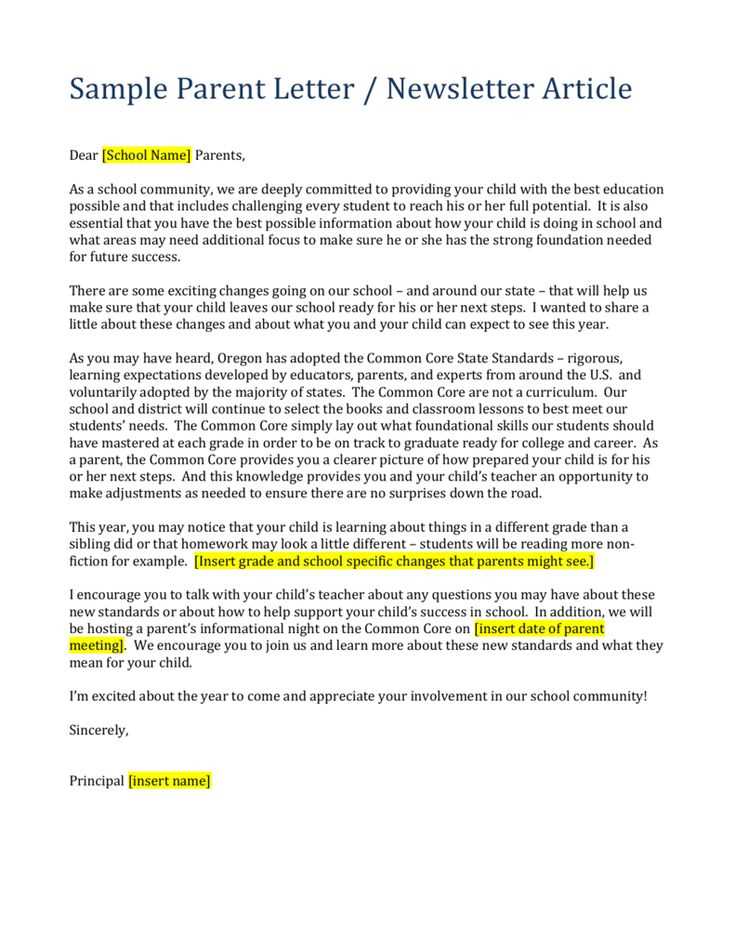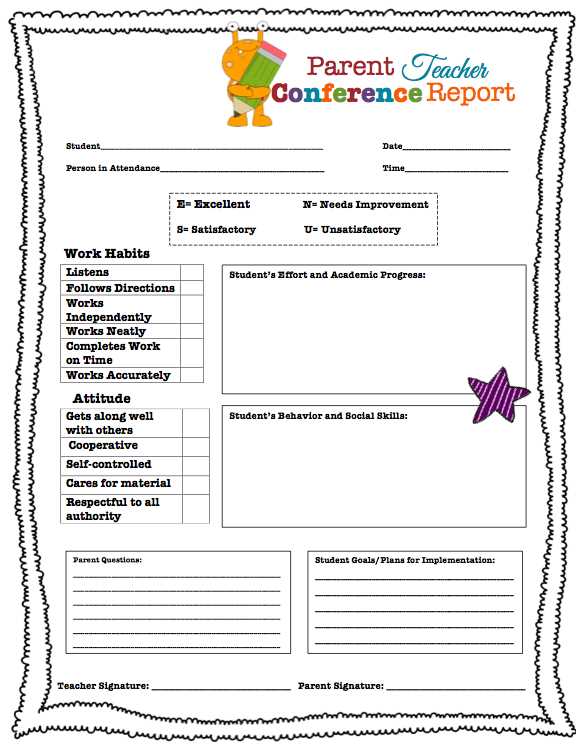Parent Conference Request Letter Template for Effective Communication

Strong communication between educators and families is essential for a student’s success. When arranging important meetings, clear and respectful written communication plays a significant role in setting the tone and ensuring the meeting is productive. Crafting a thoughtful and well-structured request helps establish a positive relationship and shows professionalism.
Being clear and concise when reaching out helps parents understand the purpose and importance of the discussion. The right approach encourages parents to engage meaningfully with the school and take the necessary steps to attend the meeting. A well-composed message not only facilitates the meeting but also fosters trust and collaboration between both parties.
Effective written communication sets the foundation for successful dialogue and can help resolve concerns, provide feedback, or share important updates regarding a student’s progress. Knowing how to structure your message will increase the likelihood of a positive response and lead to more productive conversations in the future.
Importance of a Parent Conference Request

Reaching out to families is a critical step in fostering collaboration between schools and homes. Effective communication regarding important meetings sets the stage for meaningful interactions. It provides an opportunity to discuss student progress, address concerns, and strengthen relationships that support academic growth.
Sending a well-crafted message establishes a clear understanding of the meeting’s purpose and shows respect for the recipient’s time. It ensures that all involved are prepared, and it contributes to creating a positive atmosphere that promotes open dialogue and mutual understanding.
Furthermore, taking the initiative to communicate formally reflects professionalism and dedication to the student’s well-being. It helps ensure that discussions are productive and focused, enabling the identification of solutions and strategies that benefit the student’s development.
How to Structure a Request Letter
When reaching out to families for a formal meeting, clarity and organization are essential. A well-structured communication ensures the recipient understands the purpose, importance, and expected outcomes. Proper organization helps convey professionalism and shows respect for the reader’s time.
Start by introducing yourself and the reason for the communication. Follow this with a brief explanation of the topics to be discussed and the meeting’s significance. Ensure the message is concise but thorough, offering enough detail without overwhelming the recipient. Conclude by proposing a suitable time and place for the meeting, allowing the recipient to easily respond or suggest alternatives.
Maintaining a polite and formal tone throughout the message is key. It reflects your intention to engage in a constructive conversation, fostering positive relationships and ensuring that the meeting is as productive as possible.
Key Information to Include in Your Letter
When composing a formal message to arrange a meeting, including the right details is crucial to ensure clarity and prompt response. The content should be structured to highlight the most important points, allowing the recipient to understand the purpose and act accordingly.
Meeting Details

Start by specifying the proposed date, time, and location for the discussion. Providing clear options helps the recipient easily assess availability and respond with minimal effort. If flexibility is needed, be sure to offer alternative dates or times.
Purpose and Topics

Briefly outline the key issues to be addressed. This gives the recipient a clear idea of the meeting’s agenda, allowing them to prepare effectively. Mention any specific concerns or topics that require attention, ensuring the conversation will be productive and focused.
Best Practices for Polite Communication

Maintaining a respectful and courteous tone is essential when composing formal messages. Polite communication fosters a positive relationship, making the recipient more likely to respond favorably and engage in a productive dialogue. Here are a few key practices to ensure your message is well-received:
- Start with a formal greeting, using appropriate titles such as “Dear” followed by the recipient’s name.
- Use a clear and respectful tone throughout, avoiding any language that may come across as demanding or rude.
- Be concise but thorough in presenting the necessary details without overwhelming the reader with excessive information.
- Express gratitude for the recipient’s time and consideration, reinforcing that their attention is valued.
- Close with a polite sign-off, such as “Sincerely” or “Best regards,” to leave a positive impression.
By following these best practices, you create an atmosphere of cooperation, increasing the chances of a positive outcome from the exchange.
Common Mistakes to Avoid in Requests
When preparing formal communications to arrange a meeting, it’s easy to overlook certain details that could negatively impact the outcome. By being aware of common mistakes, you can ensure your message is clear, professional, and well-received. Here are some key errors to avoid:
| Mistake | Impact | How to Avoid |
|---|---|---|
| Unclear Purpose | Confuses the recipient and may delay action. | Be specific about the reason for the meeting from the start. |
| Overly Casual Language | Can appear unprofessional and disrespectful. | Use a formal tone and avoid slang or overly familiar expressions. |
| Lack of Flexibility | Limits the chances of finding a suitable time for the meeting. | Provide alternative dates or times to offer flexibility. |
| Omitting Key Information | Leads to confusion and may result in a delayed response. | Ensure all relevant details, like the meeting location and agenda, are included. |
By avoiding these common mistakes, you increase the likelihood of a positive and timely response, making the process more efficient for everyone involved.
Customizing Your Template for Specific Needs
Personalizing your communication is key to ensuring it meets the unique context of each situation. Tailoring your message allows you to address specific concerns, establish the right tone, and make the recipient feel valued. Whether you are addressing a routine matter or a more urgent issue, customization ensures the message resonates and is effective.
Consider adjusting the tone based on the relationship you have with the recipient. For more formal interactions, keep the language professional and respectful, while a slightly more relaxed tone may be suitable for ongoing, familiar conversations. Additionally, highlighting the particular issues or topics of discussion will help focus the recipient’s attention on what matters most.
Furthermore, ensure that the logistical details, such as the proposed meeting time and location, are specific and convenient for the individual you’re reaching out to. Offering a range of options shows flexibility and consideration, making it easier for the recipient to engage with your communication.